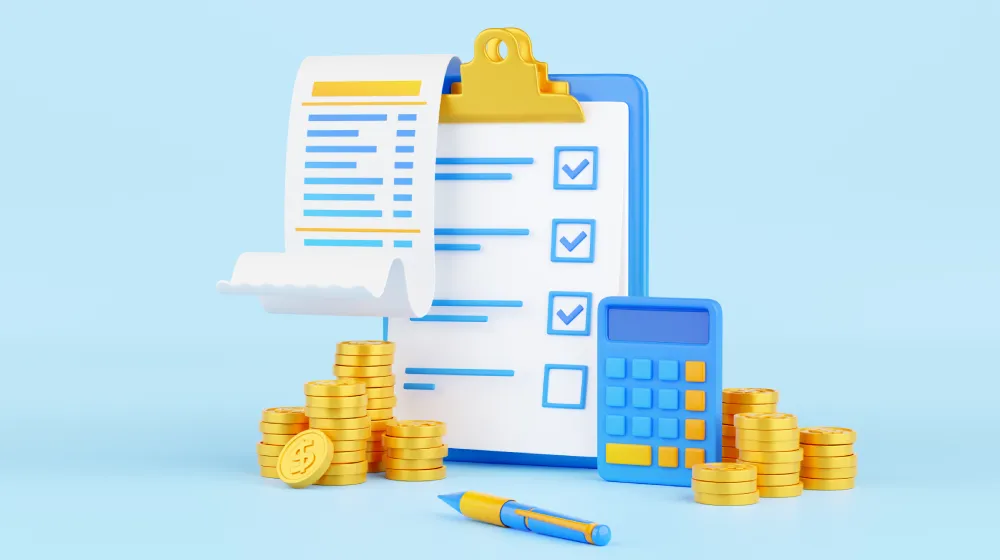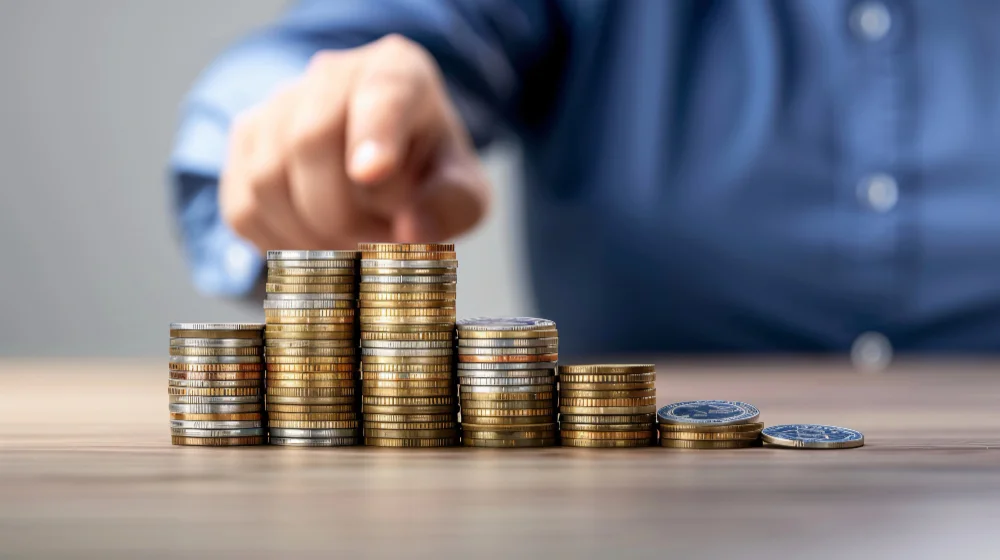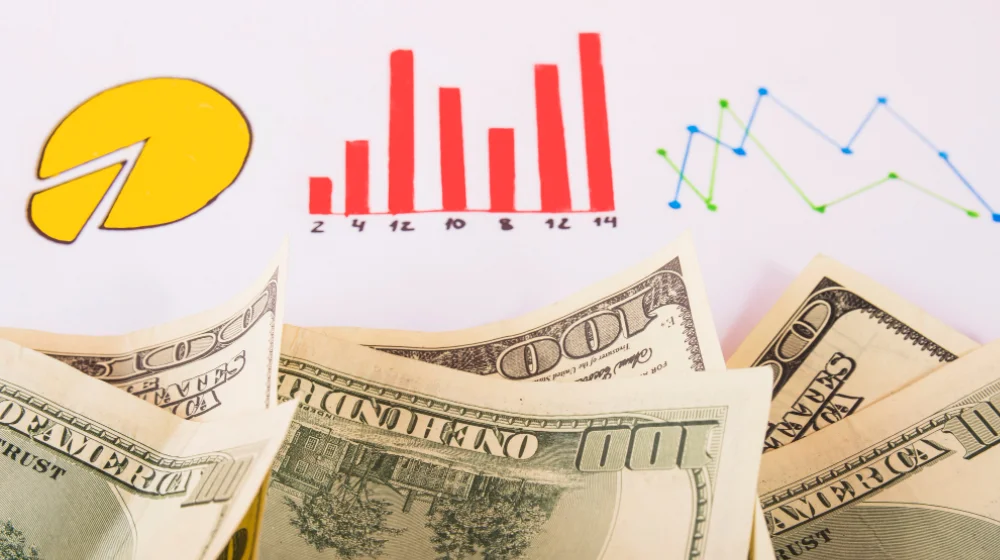The government is planning to simplify GST (Goods and Services Tax) by reducing multiple slabs and making products cheaper for the common man. The changes are expected to enforce before Diwali in October 2025. Here’s a simple breakdown of how it will affect your pocket.
1. Fewer Tax Slabs, Easier to Understand
Earlier, GST had four major slabs – 5%, 12%, 18% and 28%. Now, most items will be taxed at just 5% or 18%, while special goods like tobacco, pan masala, and online gaming will continue to attract higher tax. This means prices will become more straightforward and often cheaper.
Example: If you buy a product currently taxed at 12% GST and it shifts to 5%, an item of ₹1,000 will now cost ₹1,050 instead of ₹1,120 – a direct saving of ₹70.
2. Relief in Daily Expenses
Experts believe as the average GST rate will come down, you’ll spend less on many common goods. Even better, inflation is expected to reduce by 20–25 basis points. This will ease the burden on households and help families save more in the long run.
Example: If your monthly grocery bill is ₹10,000 and average weighted GST you paid earlier was 14.5% then overall cost will be ₹11,450. Now as only 5% GST applicable on common groceries you will be paying just ₹10,500 for the total purchase including GST.
3. Cars and Insurance Will Become Cheaper
Non-luxury cars earlier taxed at 28% will now be taxed at 18%, making them more affordable. Insurance premiums will also fall from 18% to 5%, benefiting both new car buyers and those paying yearly premiums. Luxury and bigger engine cars may still face higher taxes (around 40%), but final details are awaited. Electric vehicles are the biggest winners, now attracting just 5% GST, encouraging eco-friendly adoption.
Example: If you buy a mid-range car worth ₹10 lakh, earlier you paid around ₹12.8 lakh with 28% GST. Under the new regime, the same car will cost ₹11.8 lakh, saving you a big ₹1 lakh on your total purchase.
4. Electronics Will Be More Affordable
Goods like TVs and Air Conditioners, which were taxed at 28%, will now attract only 18% GST. This is a direct benefit for households planning to buy appliances.
Example: If an AC costs ₹40,000, earlier with 28% GST it came to ₹51,200. Now with 18% GST, it will cost just ₹47,200. That’s a straight saving of ₹4,000.
5. Household and Packaged Food Items
Many daily uses packaged items will also get cheaper as GST is being reduced from 18% to 12%. This includes packed vegies, packed fruits, nuts, vinegar, frozen meat, dry fruits, chocolates, noodles, pasta, cakes, packed pastries, ice cream, butter, packed ghee, cheese, sauces, jams, frozen food, namkeen, cornflakes, and even soft drinks. For a middle-class household, this will make monthly shopping at supermarkets lighter on the wallet.
Example: If your monthly purchase of such packaged goods totals ₹5,000, earlier you paid ₹900 GST at 18%. Now you will pay only ₹250 at 5%, saving ₹650 every month – which is ₹7,800 in a year.
6. Overall Economic Benefit
While the government may lose revenue (around ₹85,000 crore), it expects that cheaper prices will boost consumption. As people buy more overall demand in the economy will rise, and experts estimate this could lift India’s GDP growth by 0.6%.
Example: If earlier a family postponed buying a fridge worth ₹25,000 due to high tax, now with lower GST they may buy it, boosting comfort and economic activity.
Risk Involved
- Short-term inflation easing may boost consumption later, potentially pushing inflation
up. - Govt may lose ₹85,000 Cr this year and ₹45,000 Cr next year in revenue, expecting higher tax collection in next year from increased consumption, especially on sin goods.
- Lower revenue could lead to reduced fiscal spending or a higher deficit, which may stall the government’s deficit-reduction goals in the upcoming budget.
- The government need to address supply concerns appropriately which other wise may result in higher inflation which may result in raising repo rates.
Final Takeaway
For the common man, this GST reform is good news. It means cars, insurance, electronics, and household goods will all get cheaper, while inflation may also cool down by 20-25 basis point as SBI research quoted. Electric vehicles will become very attractive at just 5% GST. However, sin goods like Alcohol, Pan Masala and Tobacco will be taxed heavily at 40%. However, government needs to address supply concerns effectively, as failure to do so could lead to higher inflation and possible repo rate hikes.
“Less tax, more savings, stronger consumption.”



